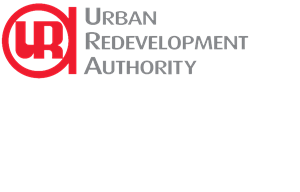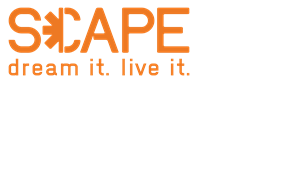This course will enable Year 3 or 4 SMT students to apply what they have learnt at SIS to (i) design and implement an application as a team comprising 4 to 6 students (Application); (ii) conduct academic research individually (Research) or (iii) conduct evidence-based analysis of smart city blueprints or data-driven analysis as a team comprising 2 to 3 students (Analysis) to address a real-world urbanization or societal challenge towards realizing smart cities.
Upon completion of the course, students will:
- Showcase expertise in executing a project.
- Experience developing some technology deliverables.
- Experience working in a team environment with a sponsored project.
- Learn about an industry or technology not otherwise covered in the curriculum.
- Work on a complex and real project and deliver a solution that will be used by the sponsor.
- Document findings in a report to demonstrate value to sponsor.

Through this project, students worked on real-world issues by collaborating with clinicians from NUH to develop a prototype which would enable diabetic patients to undertake foot screening more regularly and conveniently. Students were able to identify and translate real needs from users into system requirements and constraints, identify suitable technologies to realise a practical system and build simple proof-of-concept applications. Ultimately, the device developed by the students was one that allowed for automated diabetic foot screening, with the use of digital imaging and artificial intelligence to increase screening accessibility and efficiency. A comparison between this device (PODIA), which spends about 2 minutes on foot screening, with the current device adopted in hospitals, which takes up about 30 minutes (excluding waiting and traveling time to the hospital), showcases the efficiency and workability of the students' creation.

Students utilised Geospatial Information Systems to build a web-based map application that will identify and dynamically inform the car-lite levels in Singapore neighbourhood through a set of established matrices, with the aim to better plan and prioritise resources for urban planners to enable each neighbourhood to attain a minimum car-lite score.

With the aim to improve the issue of poor toilet user feedback and ineddicient cleaning schedule at *SCAPE, students used sensors to collect data within the *SCAPE's toilets, and developed a dashboard to provde the estate team with real-time information on how to better manage the toilets, which include odour levels and amount of soap or toilet paper.

Students developed a store performance dashboard and model which enabled Pizza Hut Philippines to visualise their sales performance and to identify potential areas for new Pizza Hut Delco (takeaways and deliveries) in Philippines.